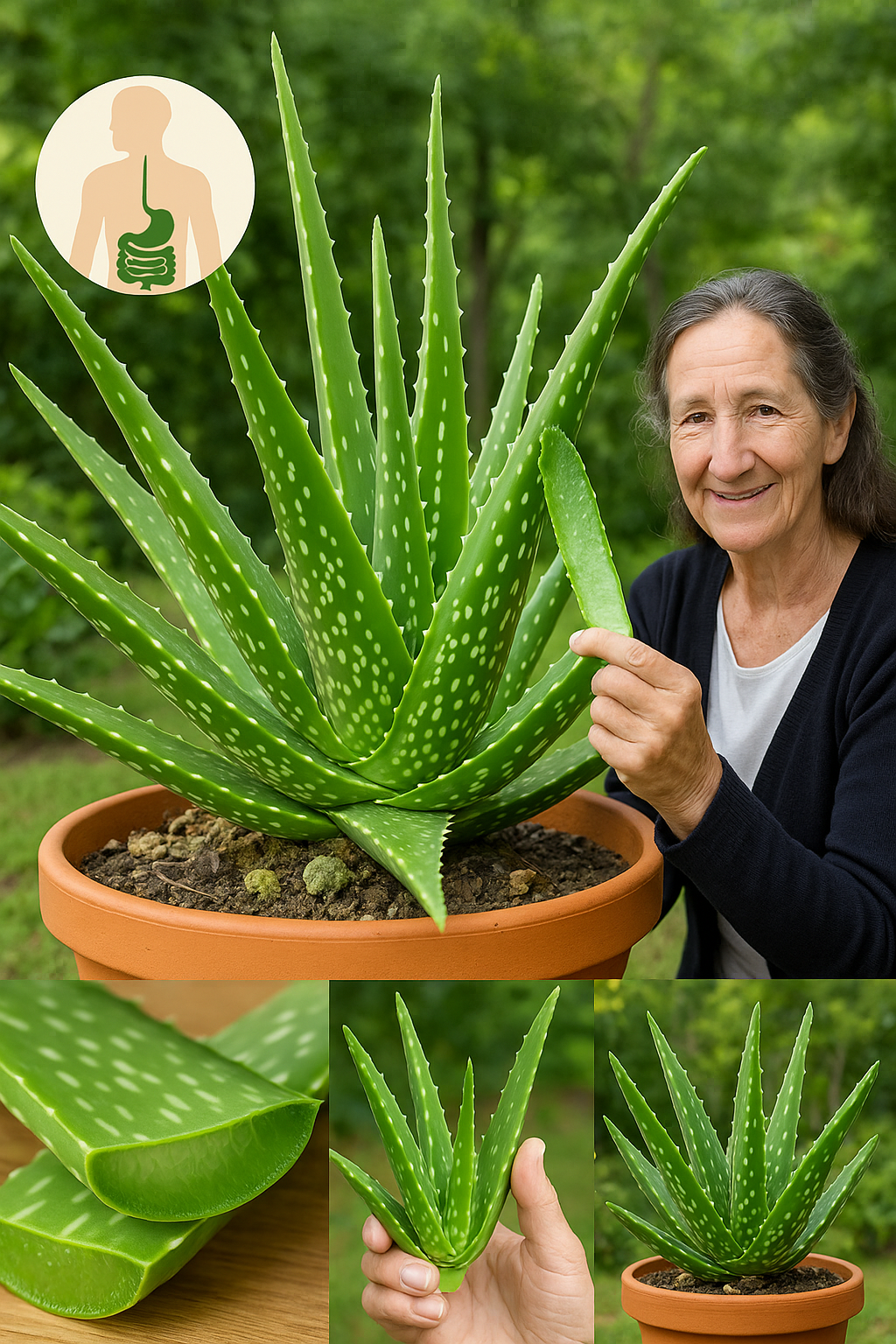In a world of wellness fads, sometimes the most effective remedies are also the simplest—and the oldest. Mugwort (Artemisia vulgaris), a plant cherished in traditional medicine across Asia and Europe, is making a strong comeback as a go-to natural treatment. But rather than sipping it as tea or burning it for moxibustion, many are discovering the surprising power of applying mugwort to the feet.
Why the feet? According to reflexology and traditional practices, the soles are a powerful access point to the rest of the body. When mugwort is used here, it’s said to bring balance, warmth, and deep relaxation—all through the skin and energy pathways of your feet.
Let’s explore why mugwort is becoming a favorite for foot soaks and direct applications, and how you can bring this ancient remedy into your own nightly routine.

🌿 Why Mugwort Works on the Feet
Your feet are dense with nerve endings and sweat glands, making them a natural channel for herbal therapies. Mugwort enhances this effect by offering:
🔥 1. Anti-Inflammatory Properties
Its natural flavonoids and terpenoids reduce swelling, making it a relief for sore, overworked feet or chronic inflammation.
💨 2. Enhanced Circulation
Mugwort is known for stimulating blood flow, which can be especially helpful if you suffer from cold feet, poor peripheral circulation, or fatigue.
♻️ 3. Natural Detoxifier
Traditional Chinese medicine uses mugwort in foot soaks to “pull toxins” through the skin, promoting lymphatic cleansing and metabolic balance.
🌙 4. Calming, Aromatic Effects
The plant’s essential oils have a natural, earthy scent that helps reduce stress, calm the nervous system, and promote deeper sleep.
💢 5. Hormonal Support (Traditionally Used for Women)
Mugwort has a long history in traditional medicine for supporting menstrual health. Warm foot soaks are believed to ease cramps and encourage cycle balance.
🦶 3 Ways to Use Mugwort for Foot Care
🌿 1. Mugwort Foot Soak (15–20 Minutes of Pure Calm)
What You Need
– A handful of dried mugwort (or 2 tablespoons of mugwort tea leaves)
– 1 liter of water
– A basin large enough for your feet
How to Prepare
- Bring the water to a boil.
- Add the mugwort and simmer for 10–15 minutes.
- Let cool until comfortably warm.
- Pour into your foot basin and soak your feet for 15–20 minutes.
Best Time: Before bed for improved sleep, or after a long day to reduce swelling and fatigue.
🛌 2. Overnight Mugwort Leaf Compress
What You Need
– Fresh or dried mugwort leaves
– Gauze or soft cloth
– Bandage or medical tape
How to Use
- Slightly crush the leaves to release their oils.
- Place them directly on the soles of your feet.
- Wrap lightly with gauze and secure.
- Leave overnight or for at least 2–3 hours.
Benefits
– Warms cold feet
– Eases stiffness
– Offers gentle overnight detox support
– Can calm the nervous system to promote deeper sleep
💆 3. Mugwort Essential Oil Massage
What You Need
– Mugwort essential oil
– Carrier oil (e.g., coconut, olive, or jojoba oil)
Instructions
- Mix a few drops of mugwort oil with a tablespoon of carrier oil.
- Warm slightly in your hands.
- Massage into clean, dry feet, focusing on pressure points and arches.
Benefits
– Reduces foot pain
– Soothes tired muscles
– Encourages deep relaxation and stress relief

🌸 Bonus Uses of Mugwort for Feet
– Foot Odor Control: Mugwort’s natural antibacterial properties help neutralize odor-causing bacteria.
– Pre-Menstrual Care: Soaking your feet in warm mugwort water may help relax uterine tension and reduce cramping.
– Post-Walk Recovery: After long walks or hikes, a mugwort foot soak acts like herbal first-aid for sore, tired feet.
⚠️ Safety First: What to Know Before You Soak
✔️ Patch Test First
Mugwort can cause allergic reactions in sensitive individuals. Apply a small amount of cooled tea or oil to your skin and wait 24 hours before full use.
✔️ Avoid During Pregnancy
Mugwort is known to stimulate circulation and uterine activity—do not use it if you are pregnant or suspect you might be.
✔️ Hydrate Well
Foot soaks encourage detoxification and sweating. Drink a glass of water afterward to support your body’s natural cleansing process.
✔️ Avoid on Open Wounds or Infections
While mugwort is antibacterial, it may irritate broken skin. Wait until wounds are fully healed.
📌 Final Thoughts: Give Your Feet (and Your Whole Body) the Mugwort Treatment
There’s something profoundly grounding about soaking your feet in a warm, herbal infusion—especially one as powerful as mugwort. Whether you’re battling cold toes, looking for natural stress relief, or trying to boost your circulation and sleep, mugwort offers a time-tested remedy that’s simple, soothing, and remarkably effective.
Take 20 minutes tonight. Brew a mugwort soak. Feel the warmth rise through your body.
And rediscover what wellness feels like—from the ground up. 🦶🌿


